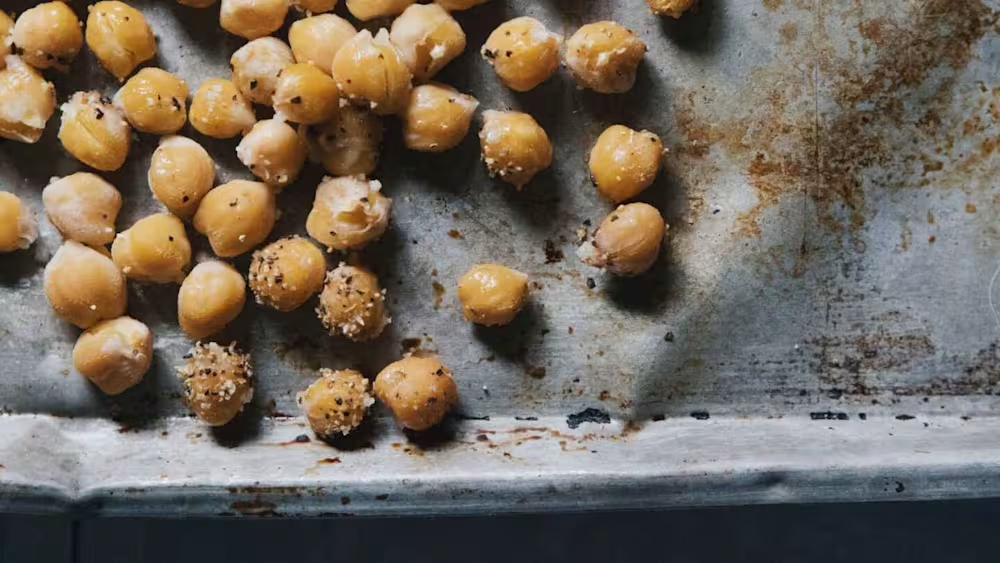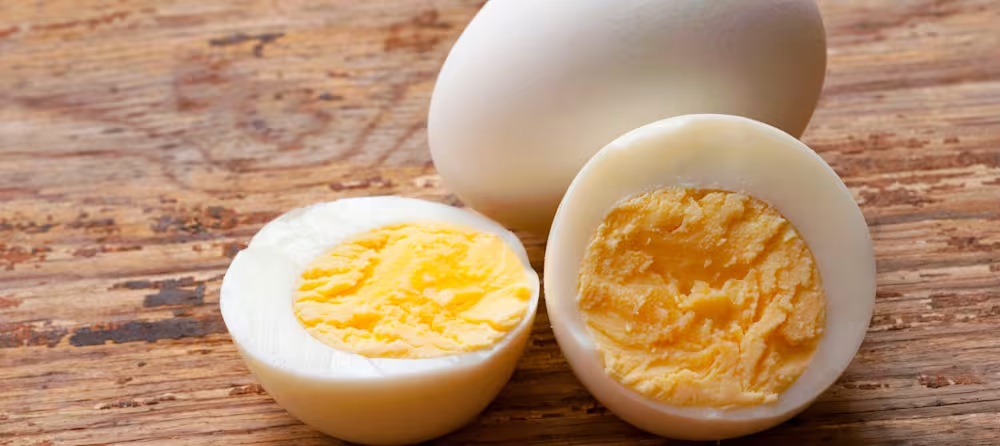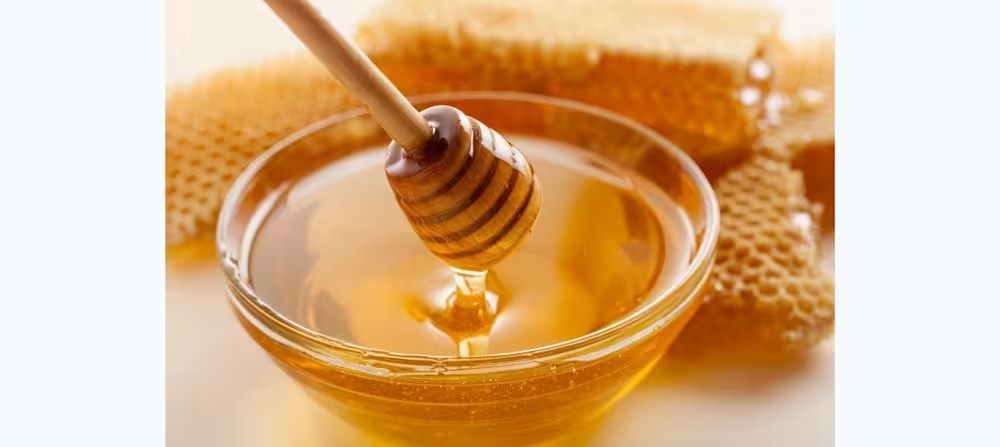16 easy toddler meals (in 30 minutes or less)
Updated Aug 14, 2025

If you feel like feeding your toddler is as much work as a full-time job, you’re not alone. Toddlers should eat roughly every 2 - 3 hours — that’s a lot of meals and snacks! It can seem overwhelming to balance family-friendly meals with the desire to feed children the healthy food they need to grow. But it doesn’t have to be!
Keep reading for some quick information on toddler nutrition as well as a bunch of easy toddler-friendly meal and snack ideas you can whip up in no time.
[Note: For the purposes of this article, a toddler is a child between 1 - 3 years old.]
Table of Contents
Toddler nutrition basics
Toddlers need a variety of food and nutrients [] to help them grow and thrive. Offering a balanced, varied diet is one of the best ways to ensure your child is getting enough of what they need. Even can get all the nutrition they need from food in most cases.
If you haven’t already started, toddlerhood is the perfect time to begin practicing responsive feeding. Follow your child’s hunger and fullness cues [] and allow them to determine what and how much food they’d like to eat from what is offered. Try not to be discouraged if your child’s appetite varies day to day — and even from meal to meal. Trust that they know what their body needs and understand that factors such as illness, sleep (or lack of!), distractions, and new or unfamiliar environments may impact eating.
Important nutrients for toddlers
Toddlers need a variety of nutrients to support their rapid growth and development including protein, fat, iron, and calcium. Rather than getting caught up in the exact amounts of nutrients your child needs, we recommend offering food at regular intervals and serving a variety of different foods. Most typically developing children can meet their needs through food alone with these practices.
Protein
Adequate protein helps fuel growth in toddlers and comes from many different sources in the diet including meat, dairy products, beans, and whole grains. Most toddlers get plenty of protein in their diet.
Fat
Healthy fats such as omega-3 fatty acids help support optimal brain development. Since omega-3s are widely found in seafood, which may or may not be enjoyable for your toddler, look for other sources such as fortified milk, eggs, or even a supplement.
Fiber
Aim to include fiber in as many meals and snacks as possible. Fiber helps prevent , builds a healthy gut microbiome as well as helps balance blood sugar.
Vitamin D
Long known to be important for bone development, emerging research suggests vitamin D also plays a critical role in the immune system. It can be tricky to obtain via food and may be worth supplementing.
Calcium
Calcium, along with vitamin D, is a must for growing healthy bones. Many toddlers eat dairy products such as cow’s milk and yogurt to meet their needs, but calcium can be found in plant-based sources as well. Look for fortified plant-based milk or yogurt, tofu, and beans.
Nutrients to limit for toddlers
Most toddlers can handle the same foods the rest of the family is eating as long as they are served in a safe way. However, since toddlers are still growing and developing their taste preferences, it's best to offer the following nutrients in moderation.
Added sugar. Sweet foods such as cookies or ice cream can be part of an overall healthy diet. However, it’s a good idea to limit added sugars in other foods as much as possible. Many common packaged foods contain added sugars, so make sure to read the nutrition label.
Sodium. While we all need salt in our diets, too much can be hard on toddlers’ developing kidneys and may contribute to dehydration. Most sodium in the diet is consumed via packaged and fast foods, not by adding salt while cooking at home.
With these nutritional needs and limits in mind, let's get cooking!
Breakfasts
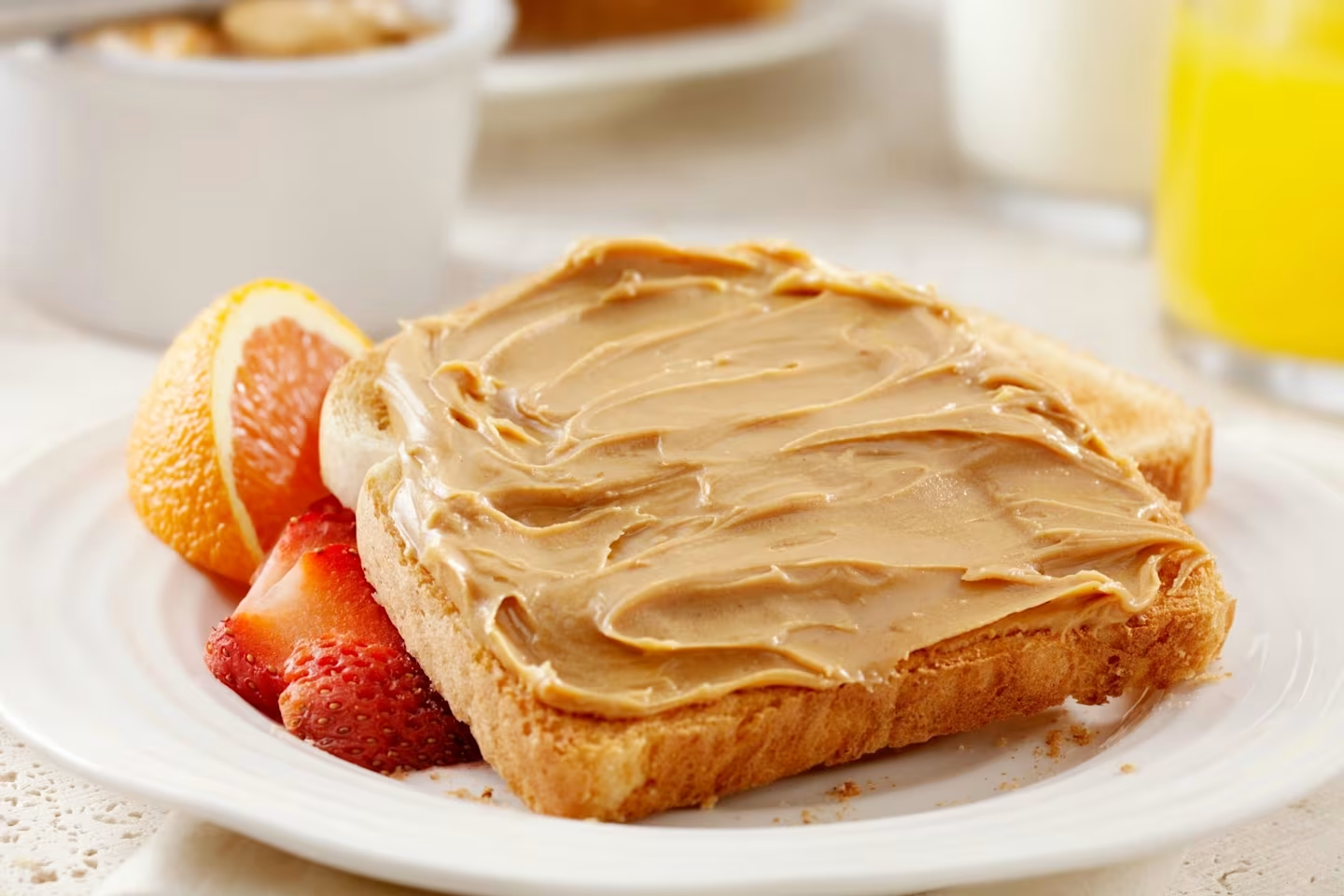
Many toddlers eat their biggest meal of the day at breakfast - so do your best to make it count! A balanced breakfast will keep your little one full longer as well as help to avoid an “energy crash” sometimes associated with carbohydrate-rich breakfast foods. Aim to serve a meal that includes protein/ (eggs, avocado, nut butter), (pancakes, cereal, bagel), and fiber (fruit, vegetables, whole grains).
Toast with nut butter, fruit, and a glass of milk
Ingredient list:
Bread
Fruit
Milk
Preparation: Lightly toast bread, spread thinly with nut butter. Cut into bite-size pieces. Serve with fruit and milk of choice.
Why it works: It’s a quick, balanced breakfast that you can come back to again and again. Add variety by serving different nut butters (or sunflower seed butter to be nut-free) and trying a new type of bread or fruit.
Breakfast taco, fruit, and a glass of milk
Ingredient list:
Cheese
Tortilla
Fruit
Milk
Preparation: Warm tortilla in the microwave or on the stovetop. Scramble the egg, put in the tortilla, and top with cheese. Serve with fruit and .
Why it works: Tacos are fun and maybe a bit unexpected at breakfast! For younger toddlers, consider serving deconstructed with a tortilla in small, bite-size pieces.
Yogurt parfait
Ingredient list:
Yogurt
Toppings (fruit, granola, chopped nuts, chocolate chips, etc.)
Preparation: Scoop yogurt into a bowl. Place toppings at the table for the toddler to choose and if they are big enough, put on yogurt themselves.
Why it works: Allowing toddlers to choose the toppings themselves makes them more likely to eat their breakfast! Plus, whole milk yogurt is a great source of protein, calcium, and fat.
Oatmeal
Ingredient list:
Old-fashioned oats
Milk
Toppings (fruit, nut butter, chia seeds, chocolate chips)
Preparation: Mix oatmeal and milk, and cook in the microwave or on the stovetop. Place toppings at the table for the toddler to choose and if they are big enough, put on oatmeal themselves. Make sure all nut butter is well mixed.
Why it works: Oatmeal is full of fiber, which makes it super filling! Adding toppings allows you to give your toddler the power of choice as well as allows for an easy variation. To save time in the morning, try making overnight oats.
Smoothie & dry cereal
Ingredient list:
Frozen fruit & veggies
Yogurt
Liquid of choice (milk, non-dairy milk, water, etc.)
Cereal (low-sugar if possible)
Preparation: One of the easiest toddler recipes - add smoothie ingredients to the blender and mix up. Get your toddler involved by letting your toddler help put ingredients in the blender jar and push buttons with help.
Why it works: Fruit and veggie smoothies are full of fiber, vitamins, and minerals to keep your toddler energized and ready to play. Adding yogurt (or another protein source) helps them stay full. Serve with dry cereal if they still need some crunch or something to chew!
Lunches
Midday meals can be challenging — I know they are at my house! Whether you’re packing lunch for daycare or juggling it at home between nap times, one thing is for sure: Lunch needs to be quick and easy! The following ideas are meant to be simple, fun, and easy to make with food you likely have on hand.
Toddler snack plate
Ingredient list:
Cheese slices
Crackers
Fruit
Vegetables
Hummus
Nuts
Chocolate chips
Deli meat
Leftovers, etc.
Preparation: Choose 3 - 4 “snack” foods from the list above (or add your own!) and arrange them on a plate or in a muffin tin.
Why it works: Toddlers love snacks, so this lunch is an easy win! It’s a great way to use up what’s left in the fridge — plus, it's easy to put together a balanced meal with so many options to choose from.
Pesto pasta, fruit, veggie
Ingredient list:
Pasta of choice
Pesto sauce (homemade or purchased)
Fruit of choice
Veggie of choice
Preparation: Toss cooked pasta with pesto sauce. Serve with a side of fruit and veggie of choice
Why it works: Pasta is a quick, easy-to-like lunch! I recommend a bean- or lentil-based pasta for more protein and fiber, and pesto sauce is a fun way to introduce herbs and greens.
Quesadilla, fruit, veggie
Ingredient list:
Tortillas
Cheese
Fruit of choice
Veggie of choice
Preparation: Fill tortilla(s) with cheese and warm up in the microwave or on the stovetop. Serve with a side of fruit and veggie.
Why it works: A microwave quesadilla can be ready in about 30 seconds — which is amazing when you’re in a time crunch. The cheese provides filling protein, and many kids enjoy quesadillas cold as well as warm, making them an easy-to-pack lunch for daycare.
Sandwich with a side of yogurt
Ingredient list:
Bread
Deli meat
Nut or seed butter
Dinner leftovers
Preparation: Place your choice of sandwich toppings on bread; serve with a side of yogurt.
Why it works: Sandwiches are a classic lunch food for good reason — they are easy to make and travel well! The combination of bread and protein from deli meat or nut/seed butter will keep your little one full and satisfied. Try adding leftovers from dinner the night before to reduce food waste.
Hard-boiled egg snack plate
Ingredient list:
Hard-boiled egg or two
Pita or crackers
Hummus or dip of choice
Fruit of choice
Preparation: Place all ingredients on a plate or in a lunchbox.
Why it works: This snack plate is protein-packed and sure to keep your toddler full all afternoon. I love that you can customize it based on whatever you have on hand. Try adding leftovers on the side too.
Snacks
Most toddlers need three meals and two snacks a day to meet their nutrition needs, so snacks can feel like a big part of the day! Snacks should be balanced just like meals, and when possible, should be eaten at a table. If it helps, think of a snack as a mini meal.
Reach for whole food options when possible, but know that it’s OK to serve packaged snacks now and then, too.
Smoothie
Ingredient list:
Fruit
Veggies
Water
Milk
Nut butter
Yogurt
Preparation: Blend together your choice of ingredients. If it’s within your budget, consider preparing smoothie packs from a company like or to save time.
Why it works: Many toddlers love to drink smoothies — and help make them! They're a great way to bump up fruits and veggies in the diet too.
Veggies and dip
Ingredient list:
Raw veggies (bell pepper, cucumber, broccoli, etc.)
Dip (hummus, ranch, guacamole, etc.)
Preparation: Place veggies on a plate with the dip of choice.
Why it works: Toddlers love to dip! By pairing veggies with a dip, toddlers may be more open to trying them.
Snack bar
Ingredient list: Look for a snack bar with around 3 grams of protein and less than 5 grams of added sugar. A few great choices are:
(nut free)
(some flavors are nut free)
Preparation: Unwrap and put on a plate.
Why it works: Snack bars are easy and convenient. While they aren’t recommended for every snack, they can certainly have a place in busy families’ lives.
Fruit and cheese
Ingredient list:
Fresh, frozen (thawed), or dried fruit
Cheese of choice
Preparation: Place on a plate.
Why it works: Toddlers typically enjoy fruit and cheese, so why not pair them together for a balanced snack?
Fruit & veggie pouch and crackers
Ingredient list:
Fruit and veggie pouch
Crackers (whole wheat or nut/seed-based)
Preparation: Place on a plate.
Why it works: Fruit and veggie pouches are a quick snack option and often easy to take on-the-go. Plus they are easily toddler-approved! Pair with some whole wheat or nut/seed-based crackers to increase their protein intake.
Dinners
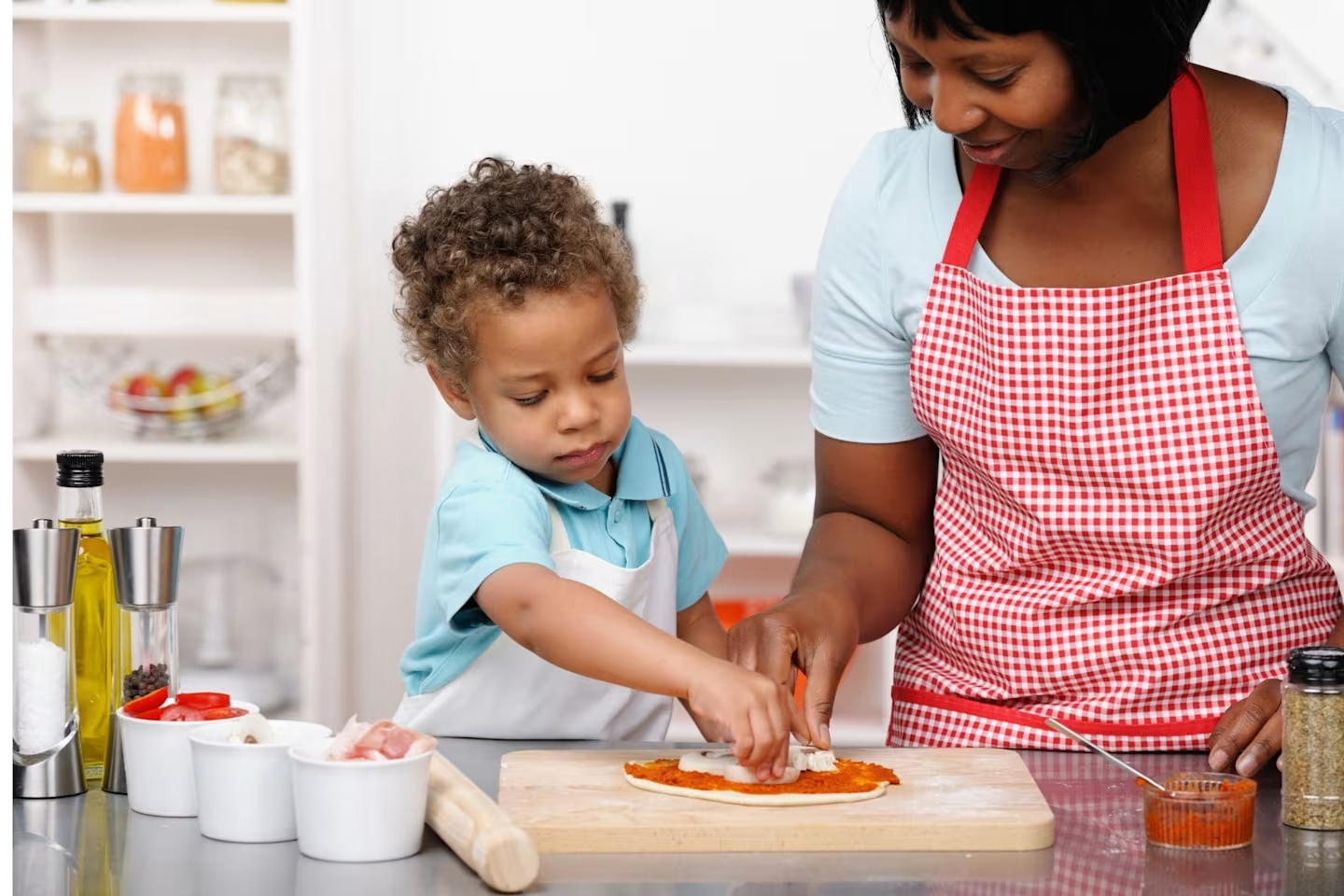
Dinner time looks different for every family, especially with a toddler in the mix. Ideally, you can adapt your meal to fit the needs of your toddler and sit down and eat together as a family. While it doesn’t have to happen every night, eating family meals has many benefits for kids [], including better academic performance, increased vocabulary in preschoolers, and overall healthier eating patterns.
It’s impossible to suggest dinner ideas that will appeal to everyone — we are all influenced by our own tastes, our cultures, and our cooking abilities. We hope you look at the following meal ideas and adapt them to meet your idea of a delicious dinner.
One thing the following meals have in common, though, is their ability to include foods for toddlers. Meals that allow toddlers to pick their own toppings or eat the components of the meal separately may make it easier for them to try and enjoy the food.
Try serving the following meals with fruit, cut-up veggies, or a glass of milk to help round them out.
Top your own pizza
Ingredient list:
Pizza dough
Pizza sauce
Cheese
Bell peppers
Onions
Olives
Sausage
Pepperoni
Alternatively, you can use a frozen cheese pizza as your base.
Preparation: Prepare dough, sauce, and cheese. Add toppings of choice. If using a frozen pizza, simply add toppings.
Why it works: Making pizza is a fun activity that toddlers can help do. Getting kids involved in the kitchen makes them more likely to eat the meal and try new foods.
Build your own taco bar
Ingredient list:
Tortillas
Meat
Beans
Cheese
Salsa
Lettuce
Avocado
Preparation: Warm tortillas. Place toppings in separate bowls.
Why it works: Tacos are an easy way to include a variety of food groups in the meal.
Sheet pan dinners
Ingredient list: Varies; usually includes meat/protein and vegetables. Try this or this .
Preparation: Place items on a sheet pan and roast in the oven according to recipe instructions.
Why it works: Sheet pan meals are easy to prepare and easy to clean up. Toddlers will also enjoy being able to separate their meals into individual components, which makes the meal more approachable.
Pasta with veggies
Ingredient list:
Pasta of choice
Vegetables of choice
Pasta sauce of choice
Preparation: Cook pasta according to instructions. Toss with sauce and veggies.
Why it works: Pasta is quick and easy, but you can mix up sauce types as well as mix in veggies to make a unique and filling meal.
Slow cooker or pressure cooker soup, chili or mac and cheese
Ingredient list: Varies; usually includes protein and veggies. Try this or a family-friendly .
Preparation: Follow recipe instructions.
Why it works: Using a slow cooker or pressure cooker lets you do a bit of set it and forget it type cooking for dinner. These meals are especially perfect for busy days.
Sample meal plan
| Breakfast | Toast with nut butter, fruit, milk |
| Morning snack | Healthy smoothie |
| Lunch | Quesadilla with fruit and veggie, milk |
| Afternoon snack | Snack bar |
| Dinner | Pasta with veggies, milk |
Toddler meals FAQ
Share article:
Note: The content on this site is for informational purposes only and should not replace medical advice from your doctor, pediatrician, or medical professional. If you have questions or concerns, you should contact a medical professional.
3 Sources
Table of Contents
Share article:

